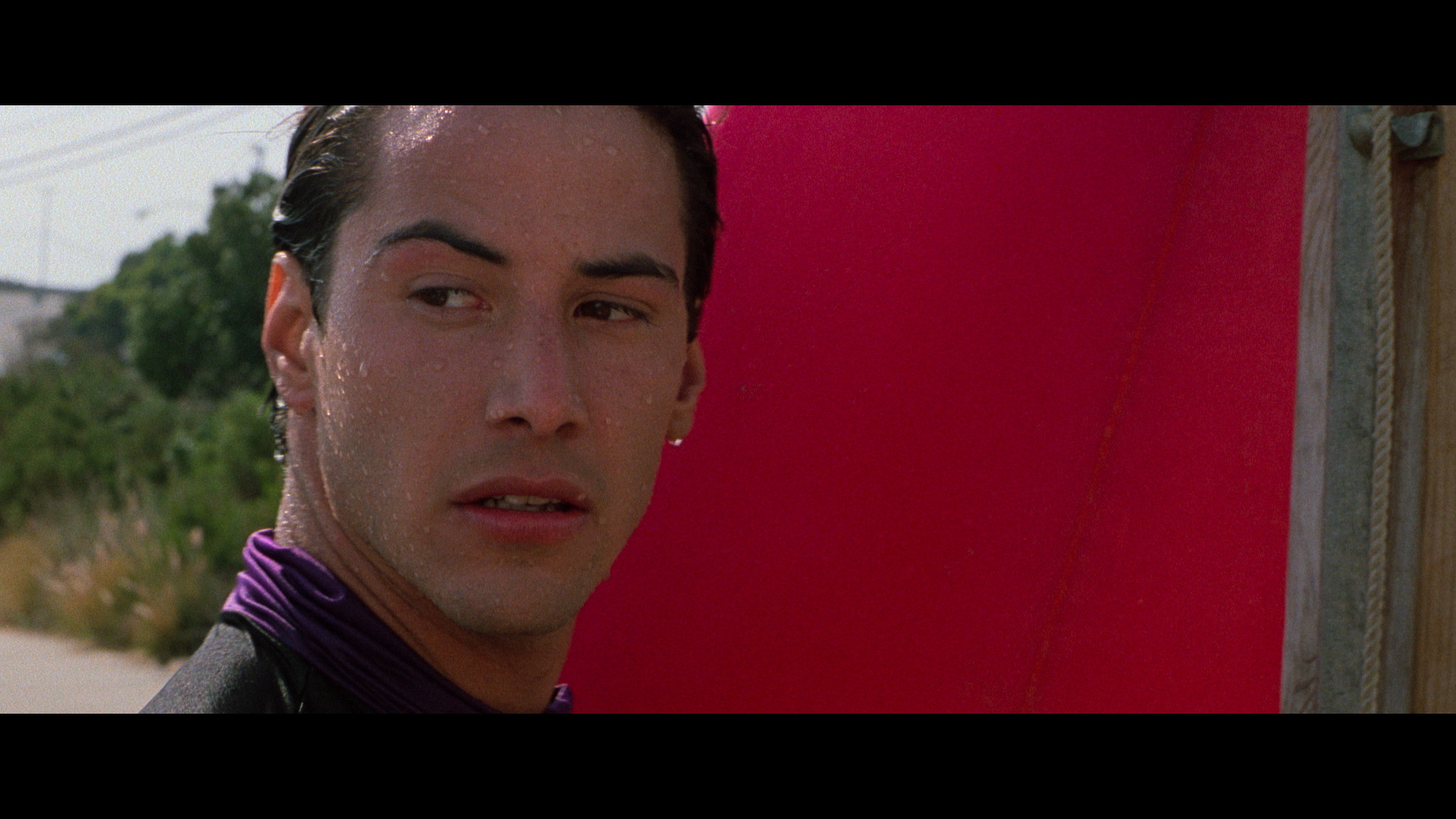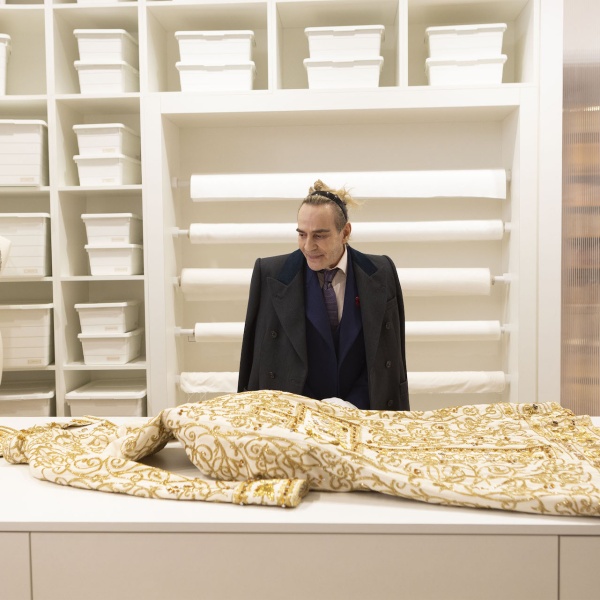Metrograph programmer Lydia Ogwang loves the balcony seats in the larger of the theater’s two screens. There’s something about having a visceral sense of the scale of the theater by being perched above the main floor. It’s easy to feel connected to the screening experience — even easier when you’re close enough to the booth that you can peek in and see the projectionist changing reels of the celluloid prints shown at the New York independent movie theater. But now, as part of Metrograph’s latest “Beach Bodied” series combining two great tastes that go great together — the beach and crime dramas — moviegoers now have the chance to see a brand-new 4K restoration of Kathryn Bigelow’s 1991 classic “Point Break” up on a big screen, no reel changes needed.
Breaking down the merits of film vs. digital in a single paragraph, or single article, would be like trying to explain GOAT debates in sports: unending and contentious and constantly evolving, even though we all mostly agree on the core facts. But there is something interesting about bringing the premiere of a 4K restoration into the theatrical setting, especially of a movie like “Point Break” which has not made the Criterion Collection (yet).
“The occasion of the premiere of a new digital restoration offers a chance to revisit an older work and reconsider it in today’s context; and to me, these moments are integral to reengaging film history and keeping film culture fresh and evolving as we bring older texts into dialogue with modern realities,” Ogwang told IndieWire.
The “Point Break” restoration is from a 4K scan of the film’s interpositive. Physical media heads will already know that the film loaded into a camera creates the original “negative” print — negative in that the areas in the shot that are lightest will appear darkest, and vice-versa. In order for a film to look like what was in the camera’s viewfinder, the negative has to be turned into a “positive.” Interpositives, then, are positive versions of the complete film taken from the edited film negative. While each image transfer from negative to positive to negative loses a little bit of image clarity, interpositives tend to be the next best thing to the original camera negative for any restoration because they’re close to the original but less likely to be as damaged, worn, or degraded.
The teams at Shout! Studios, the distributor of the “Point Break” restoration, and Illuminate Hollywood created the “Point Break” remaster by scanning the film’s 35mm Interpositive and then colorist Andrew Drapkin used digital tools to access a broader color palette that replicates the original film with a 4K level of detail and clarity. “We always aim to do our best by fans and the Point Break 4K UHD has been very well received by collectors and press alike. We were thrilled to work on this film, and to have it showcased at the Metrograph Series,” Brian Ward, senior director of video production and digital media at Shout! Studios, told IndieWire.
There’s always potential problems and countless tradeoffs with digital restorations of older films —especially as new tools continue to proliferate. Too much colorizing and upscaling by machine learning algorithms can take normal-looking people and transform them into the worst kind of yassified, airbrushed plastic androids. But the “Point Break” restoration is a great example of what can go right: it has consistently richer color than the previous HD Blu-ray release without messing with Bigelow’s intended look for the film or making it feel too smooth.
If the new “Point Break” 4K is the next best thing to one of the original 35mm prints, then seeing it in a theater is one extra step better. “We can think of this occasion as the film getting a sort of facelift on top of what is essentially a ripe moment for its reappraisal, with a keen eye to the way that diligent, excellence-minded digital restoration work can often foster the most impactful modern presentation of a film,” Ogwang said.
“Point Break” was, in fact, one of the cornerstones of the “Beach Bodied” series — along with James Grey’s “Little Odessa” and Harmony Korine‘s “Spring Breakers.” The series also includes “The Beach Bum,” Inherent Vice,” “La Piscine,” and “Thunderball,” all deployed to help fight off seasonal affective disorder by taking moviegoers somewhere that’s at least warm, whatever other bad stuff is happening. “I just became obsessed with this idea of an all-brow collection of beach crime capers,” Ogwang said. “And with some of the younger audiences, as well, these are often opportunities to fill in blind spots for films they’ve often heard of or read about but perhaps haven’t yet had a chance to see; it’s that simple fact of wider access that I love about the restoration world as well.”
“Point Break” plays at Metrograph as part of its “Beach Bodied” series on Sunday, February 11th, Tuesday, February 13th, and Thursday, February 15th.





